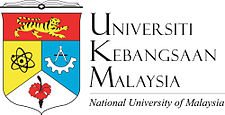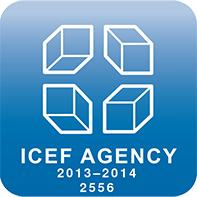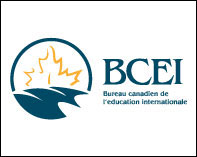| The Faculty of Science began with the formation of UKM in 1970 with five departments and a modest complement of 16 academics and 37 students. In 1975 the Faculty of Natural Resources Science was added to the faculty when it was set up in Sabah. In 1982, the original Faculty of Science was broken into three separate faculties, the Faculty of Science and Applied Physics, Faculty of Life Sciences and Centre of Quantitative Studies (which later became the Faculty of Mathematical Science). After UKM was corporatised in 1998, the University agreed that the Faculty of Science and Technology be established with the incorporation of four science based faculties, namely Faculty of Science and Apllied Physics, Faculty of Life Sciences, Faculty of Mathematical Science and Faculty of Natural Resources Science on 19 July 1999. Currently the Faculty of Science and Technology has five study centres:
Centre of Bioscience and Biotechnology Studies
The undergraduate programmes for the Centre are based on the main disciplines of biology which include biochemistry, genetics, microbiology, vegetation science and animal science. The development of these disciplines for the present and future needs are based on the knowledge, approaches and technology of molecular biology. It forms the basis to the study of modern biotechnology from gene, protein and metabolism engineering to the production of recombinant molecules and transgen organism generation.
Centre of Applied Physics Studies
Applied Physics Science studies the behaviour of natural environment. Most of it is related to knowledge which explains the relationship between the compositions, structures and features of materials. It provides the ability for to understand and modify those features as the foundation to modern technologies. The Centre of Applied Physics Studies is thus founded with the goal of expanding science knowledge based on physics. The centre aims at producing trained human capital for the industries as well as for conducting research. In meeting the aspirations, the centre offers well planned core courses, experienced academic team and up to date research activities. Three major programmes are offered ie Physics, Material Science and Nuclear Science. The Centre is currently the only higher learning institute in the country which offers Material Science and Nuclear Science programmes and its Physics programme is one of the best on offer.
Centre of Chemical Science and Food Technology Studies
The Centre of Chemical Science and Food Technology Studies is the only study centre in this country and the region which integrates the fields of chemistry and food science. The joint study of both fields enables information sharing and knowledge generation through academic and research activities in the basic science and its applications and technologies.The knowledge acquired can be applied to the industry and global market.
Centre of Mathematical Science Studies
The Centre has a mission to explore the excellence of thoughts and applications of mathematical science. It focuses on study as well as research for which it is equipped with modern and complete learning facilities as well as experienced academic team.
Centre of Environmental Science and Natural Resources
Malaysia is blessed with lush tropical rain forest with the rich natural resources heritage and biodiversity. Recognising this the Centre of Environmental Science and Natural Resources offers research opportunities focusing on the application of the basic knowledge to the study of environmental science, marine science, geology and biology. The curriculum is designed to produce graduates who are able to understand the relationship between various components of the environment and their management which emphasises total and environmental friendly development. Students are given a holistic exposure with the combination of a wide range and varied types of knowledge such as natural resources and produce, the types of flora and fauna in the lithosphere, biosphere, hydrosphere and atmosphere. | 













